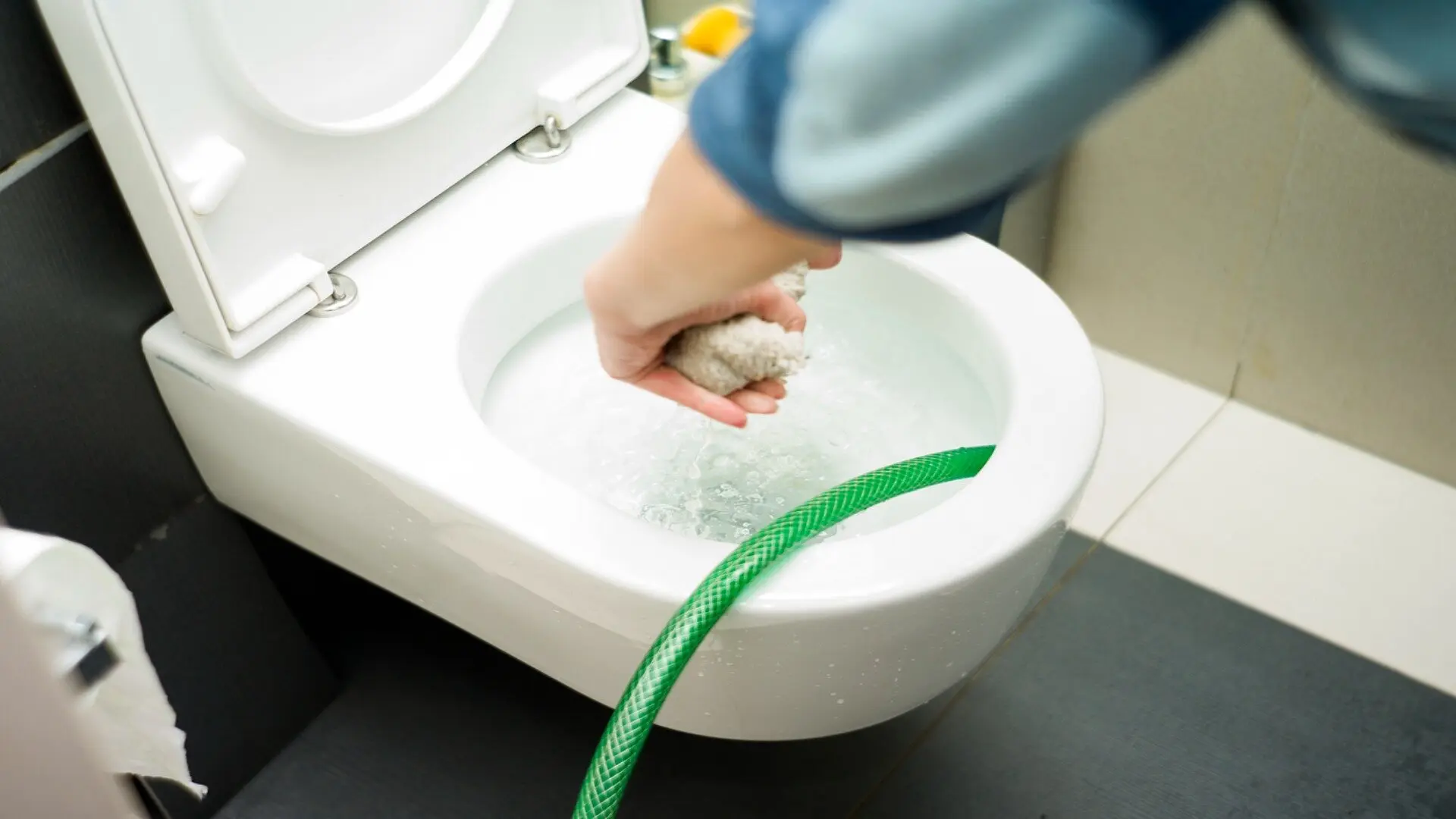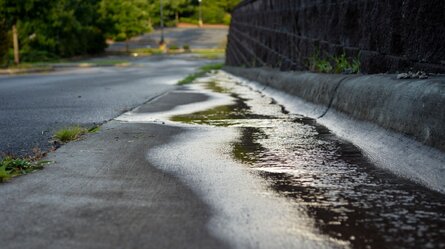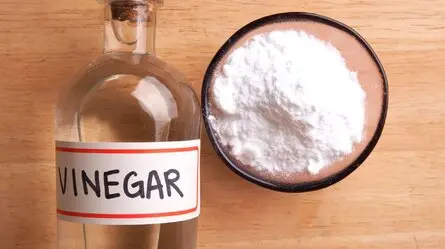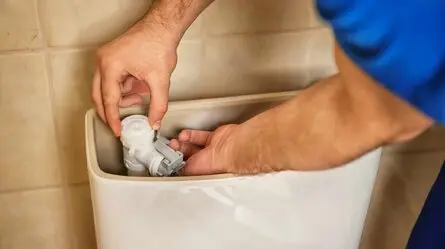
A dirty, smelly toilet is nobody’s idea of hygienic or pleasant. However, keeping your toilet bowl clean doesn’t need to be a dreaded chore.
Actually, by sticking to a regular maintenance routine, you can stop stains, odours, and germ build-up before they start. This guide walks you through the steps for giving your toilet a thorough clean and sets out a weekly cleaning schedule.
You’ll get to know the best tools and products for the job, along with tips for tackling tough stains. We’ll also delve into proper disinfecting methods to keep future grime and odours at bay.
By following these toilet cleaning tips, you’ll wave goodbye to any embarrassing moments or health worries and welcome a sparkling, sanitary toilet! Keep reading to start maintaining a truly immaculate bathroom feature.
The Dangers of a Dirty Toilet
A dirty toilet offers more than just an unpleasant look or smell. Over time, grime, debris, and moisture create a perfect breeding ground for bacteria and mould.
Common toilet bugs like E. coli and salmonella can multiply rapidly in warm, damp conditions under the rim and bowl. These germs can become airborne when the toilet is flushed, contaminating surrounding surfaces.

Children and older adults are particularly at risk for infections from contact with contaminated hands or aerosolised bacteria. Beyond health concerns, a dirty, untreated toilet could lead to embarrassing stains and difficult-to-remove build-up.
How Grime and Bacteria Can Grow
The ideal environment for problem bacteria and grime is a toilet neglected by regular cleaning. As soap scum, minerals, and other deposits are left behind after each use, they form a gel-like layer that is a breeding ground for germs.
Bacteria like E. coli feed off this layer, secreting waste products that lead to unpleasant odours. Their numbers double as frequently as every 20 minutes!

Moisture from every flush replenishes their water supply, keeping them active for months if left undisturbed. Organic matter like urine residues and mould also takes hold in this unhygienic environment.
Common Culprits for Stains and Odours
Some of the most common culprits for unwanted stains and odours in toilet bowls include bacteria like E. coli, mould, mildew, limescale, urine residues, and rust stains from oxidation. E. coli and other fecal bacteria are significant drivers of unpleasant smells as they feed off organic matter and multiply rapidly in warm, moist conditions.
If left unaddressed, they can grow into hotspots for bacterial proliferation. Mould and mildew also thrive in the high humidity around the toilet base and rim.

Additionally, hard water can leave unsightly cloudy limescale deposits that make bowls look dirty faster. As urine dries within the toilet, its mineral salts crystallise, forming stubborn yellow stains that continue harbouring odours.
Finally, where water from flushing regularly splashes on pipes underneath the bowl, rust stains may develop over time due to oxidation from the constant moisture. Awareness of these likely sources of stains and smells helps target them more effectively during deep cleans.
How to Maintain Your Toilet
Regular cleaning prevents issues like toilet bowl stains, odours, and bacteria growth. Having the right tools makes staying on top of it quick and easy.
Tools and Supplies You’ll Need
- Toilet brushes
- Baking soda or other natural cleanser
- Toilet bowl cleaner/disinfectant
- Rag or toilet paper towels
- Wearing gloves (optional)
Step 1: Remove Debris
The first step is to remove any visible debris or litter from the bowl and surrounding area that could contaminate your cleaning.
Step 2: Apply Cleaning Agent
Sprinkle baking soda toilet bowl cleaner or liquid toilet cleaner around the inner rim and bowl. Let it sit for 5-10 minutes to cut through odours and start dissolving films of grime. Be sure to spray both sides of the toilet lid and seat, then nab the top of the toilet tank.

Step 3: Scrub Thoroughly
Use the toilet brush to vigorously scrub inside crevices and around the rim where bacteria like to hide. Remember, under the lip, too.
Step 4: Rinse and Dry
Flush to rinse away residues, then wipe and dry the exterior with a rag or paper towel.
Preventing Future Buildup
Establishing a regular weekly cleaning routine will handle most grime, odours, and bacterial build-up in its early stages. Still, there are additional preventative steps you can take to minimise future issues. Regularly disinfecting the toilet bowl, underside of the toilet lid, and rim is crucial beyond just scrubbing, as it helps kill off any lingering germs and bacteria that cleaning alone may miss.
Look for a liquid toilet cleaner containing bleach or other active disinfecting agents. You’ll also want to pay extra attention to scrubbing problem areas around the water line, under the lip of the bowl, and the outer rim. In these spots, minerals from hard water tend to bond strongly over time due to repeated splashing, so targeting them diligently during cleaning cuts down on long-term staining in those trouble zones.
Your Guide to a Cleaner, Fresher Toilet
With routine maintenance, you can keep your toilet bowl clean, stain-free and smelling fresh with minimal effort. These tips will help prevent embarrassing odours, preserve your bathroom’s hygiene, and save money on expensive plunging or replacements.
While DIY cleaning each week is manageable, sometimes deep cleaning needs or challenging stains call for professional help. At Woolf Plumbing, our experts can disinfect and thoroughly scrub even stubborn deposits from your toilet bowl.
We also provide solutions to identify and solve problems like hard water stains or drain issues right at the source. If you’re in need of plumbing support or advice on toilet issues, don’t hesitate to reach out to our team at Woolf Plumbing. Our goal is to keep your bathroom fixtures and drains in top shape, helping you maintain a clean, hygienic space.




